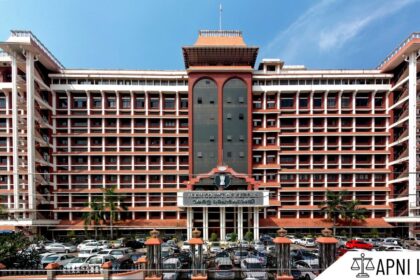Code: Section 55 – Evaluation of Functioning of Structures
(1) The Central Government or State Government [or District Magistrate] may independently evaluate the functioning of the Board, Committee, special juvenile police units, registered institutions, or recognised fit facilities and persons, at such period and through such persons or institutions as may be prescribed by that Government.
(2) In case such independent evaluation is conducted by both the Governments, the evaluation made by the Central Government shall prevail.
Explanation of Section 55 of the Juvenile Justice Act
Section 55 of the Juvenile Justice (Care and Protection of Children) Act emphasizes the importance of accountability and oversight. It allows both the Central Government and the State Government (including the District Magistrate) to independently evaluate how different child protection bodies and individuals are functioning.
These evaluations can include:
- Juvenile Justice Boards
- Child Welfare Committees
- Special Juvenile Police Units
- Registered institutions (like child care homes)
- Fit persons and fit facilities recognized under the Act
The government can choose who will carry out these evaluations—either individuals or independent organizations—based on its rules.
If both the Central and State Governments carry out evaluations of the same institution or structure, the Central Government’s evaluation will take precedence. This ensures consistency in national-level child protection standards.
Key Takeaways:
- Evaluations can be carried out by the Central, State Government, or District Magistrate.
- They can assess various child protection entities under the Act.
- The government decides who will perform the evaluations.
- Central Government evaluations override State evaluations in case of conflict.
Illustration
Example 1: State-Level Review of a Child Welfare Committee
The State Government appoints a child rights NGO to review the performance of a Child Welfare Committee. The team evaluates whether the Committee is handling child cases efficiently and following legal procedures. Their report leads to new training programs for committee members.
Example 2: Central vs. State Evaluation
Both the Central and State Governments evaluate a registered child care institution. While the State report highlights minor issues, the Central evaluation reveals deeper operational flaws. As per the law, the Central Government’s findings are given priority, prompting immediate reforms at the institution.
Common Questions and Answers
1. Who is allowed to carry out these evaluations?
The Central Government, State Government, or District Magistrate can initiate independent evaluations.
2. What types of bodies can be evaluated?
Evaluations may include Juvenile Justice Boards, Committees, child care institutions, fit persons, and special police units.
3. How often are these evaluations conducted?
The frequency is not fixed by this section. It depends on rules set by the respective governments.
4. What happens if both Central and State Governments conduct evaluations?
If both conduct separate evaluations of the same structure, the Central Government’s evaluation will prevail.
5. Why are these evaluations important?
They help identify gaps, ensure quality services, and maintain accountability in child protection systems.
Conclusion
Section 55 of the Juvenile Justice Act ensures transparency and continuous improvement in child care systems. By enabling multiple levels of government to independently review and assess key institutions, the law promotes efficiency and high standards. Ultimately, this protects the best interests of the child and builds public trust in the system.










